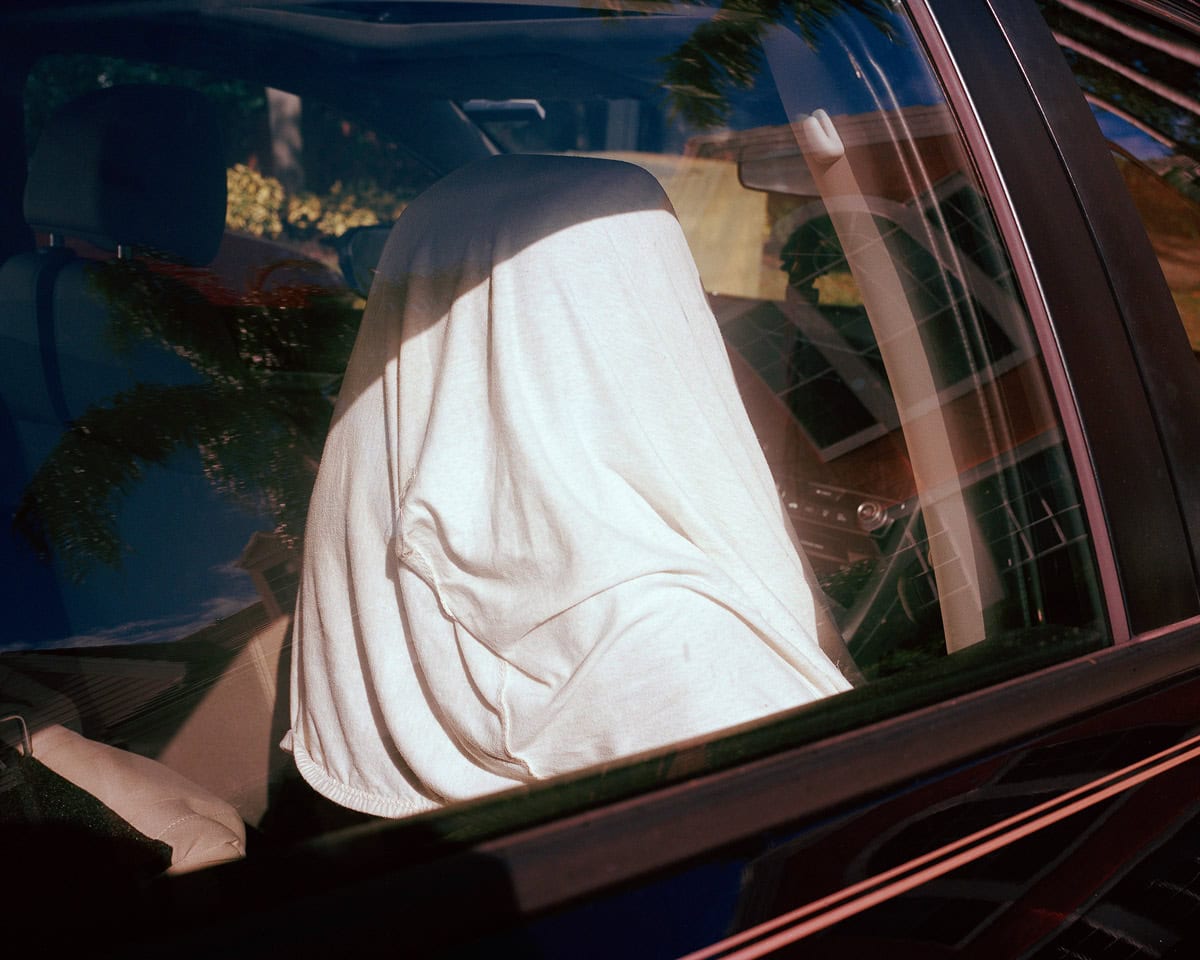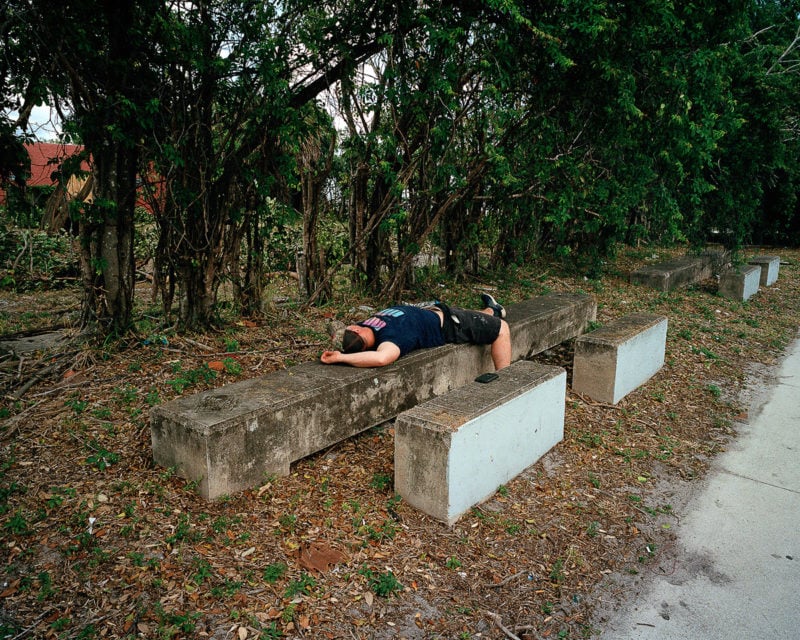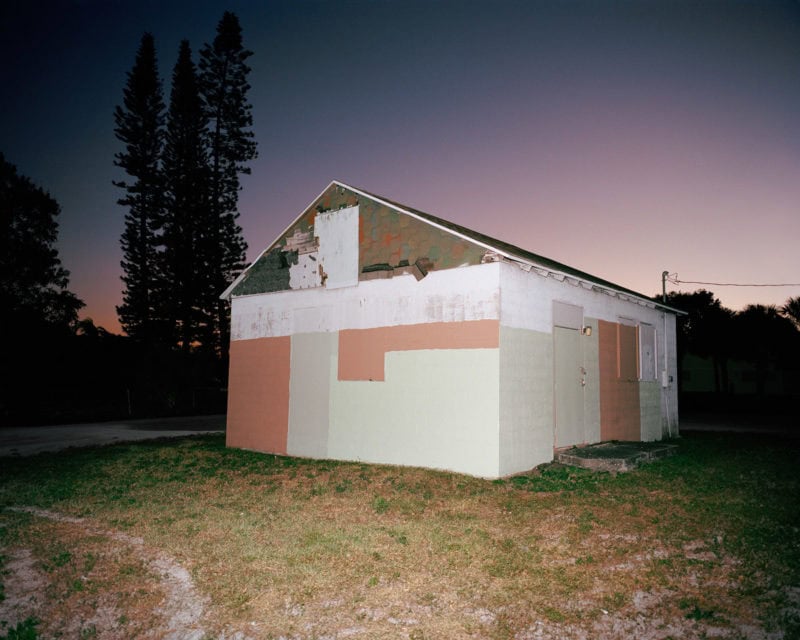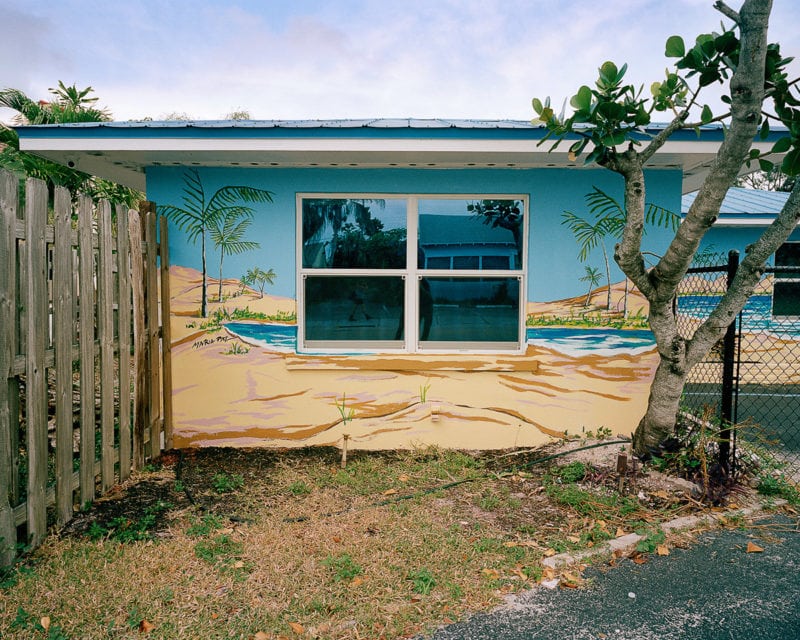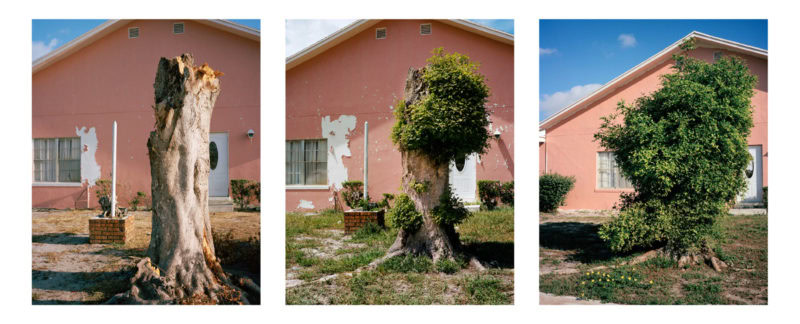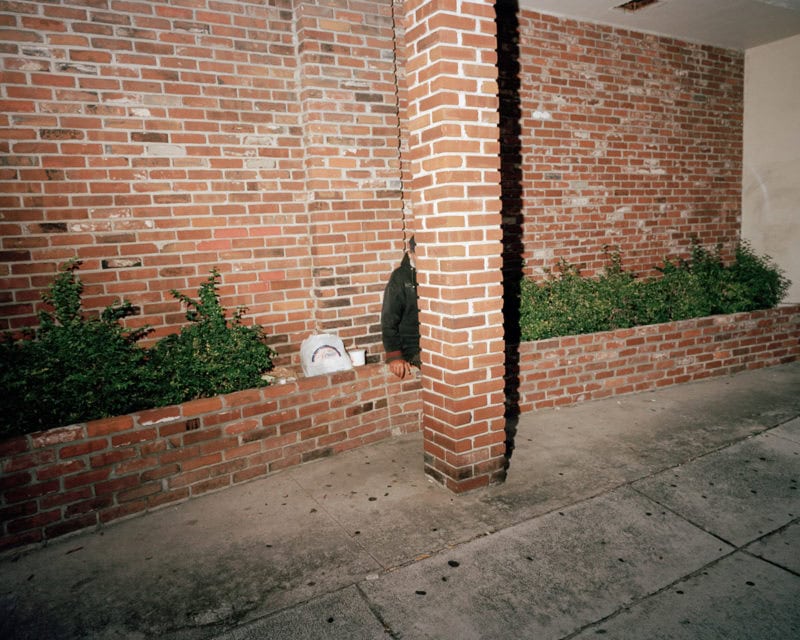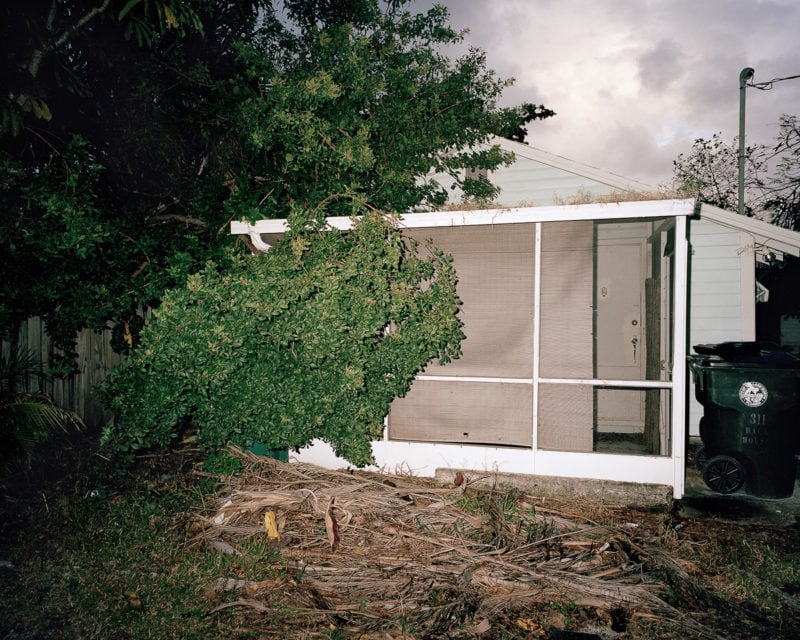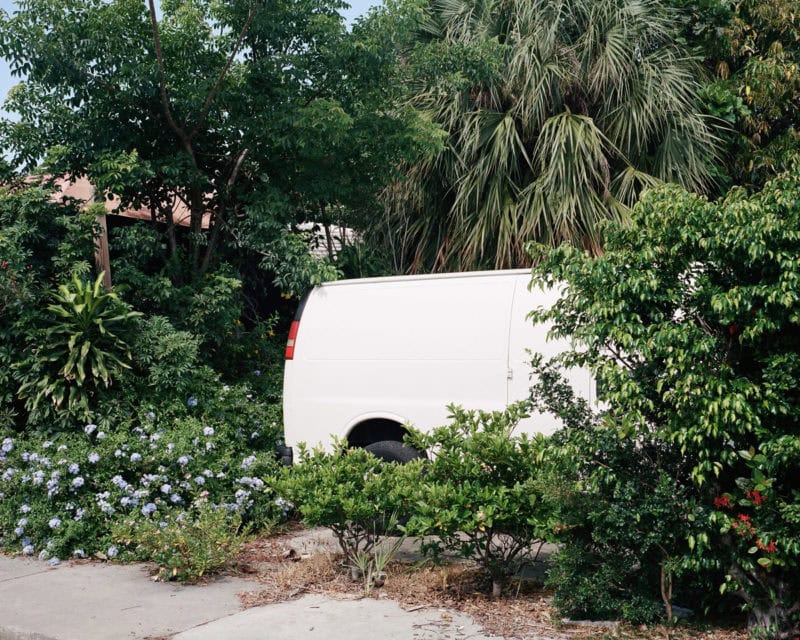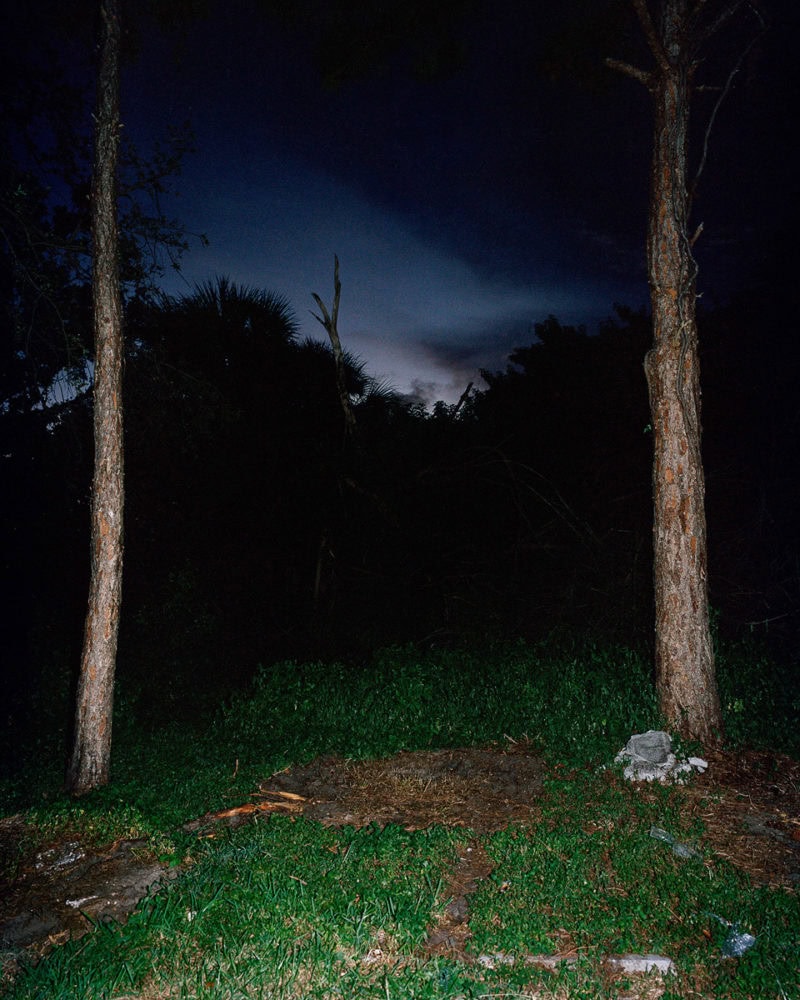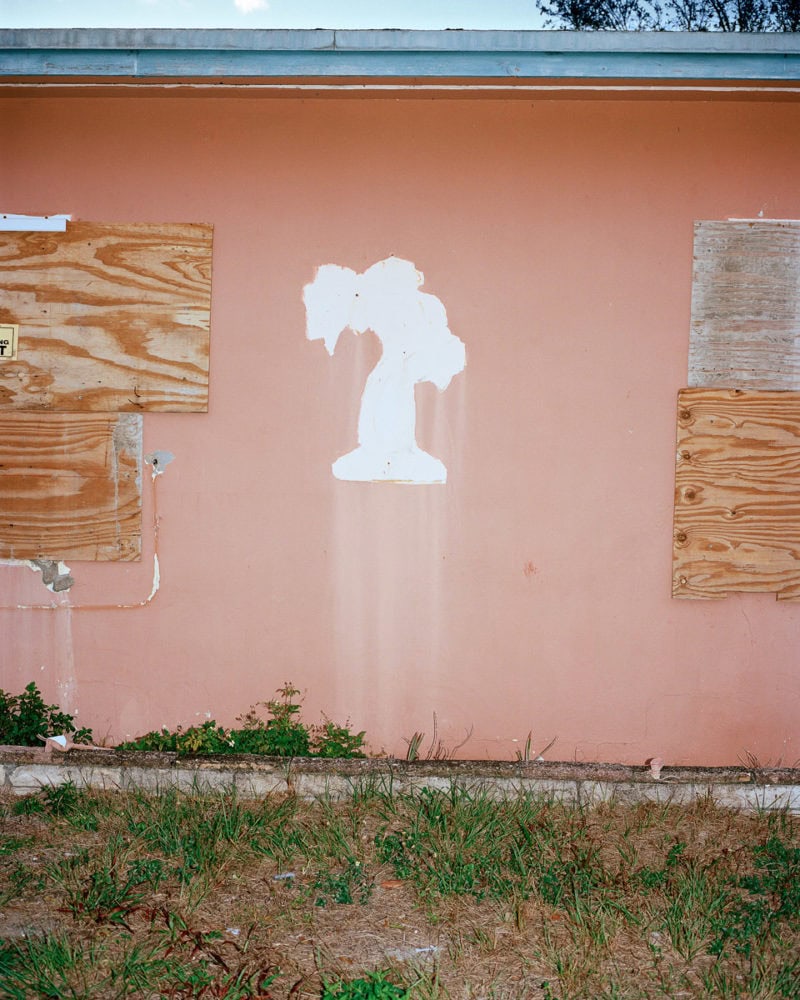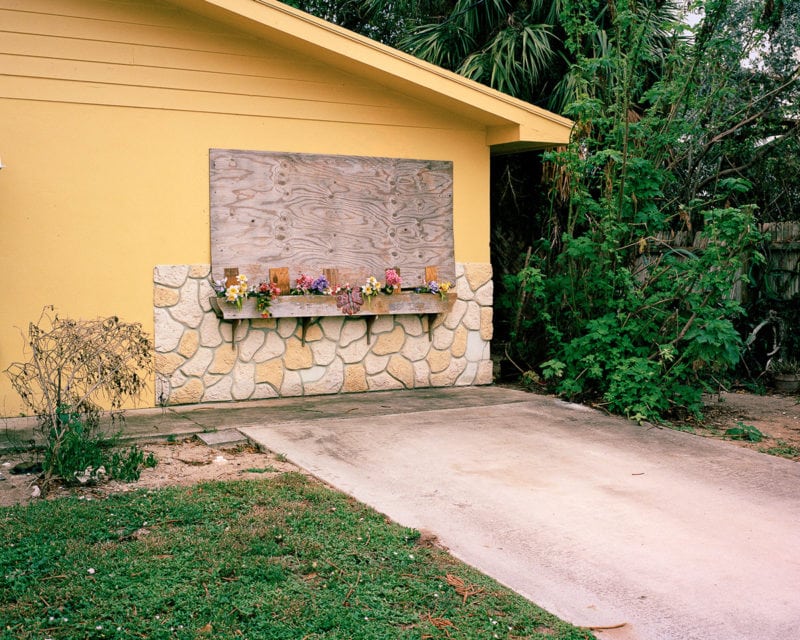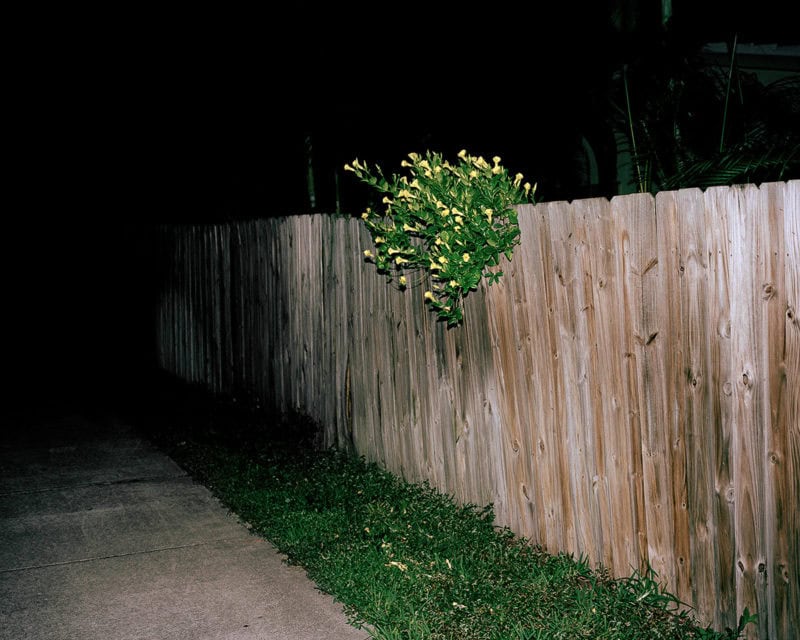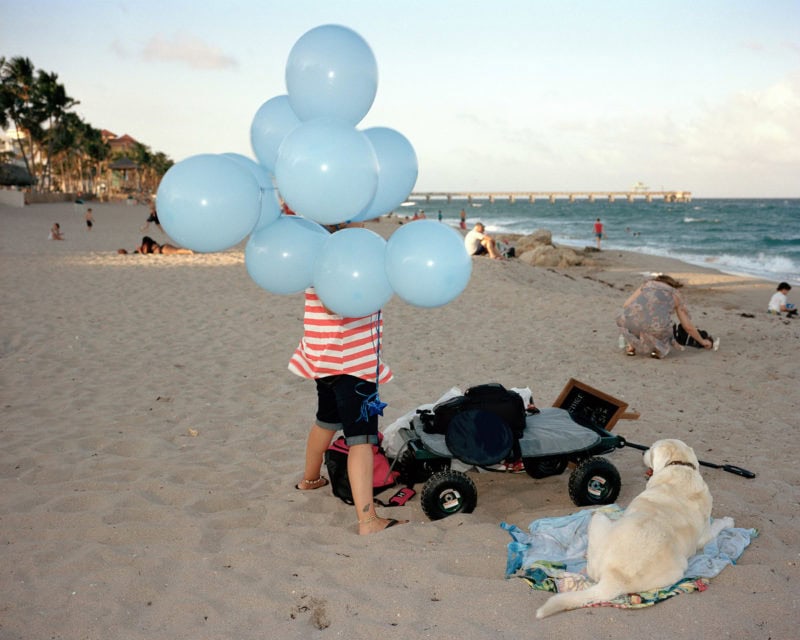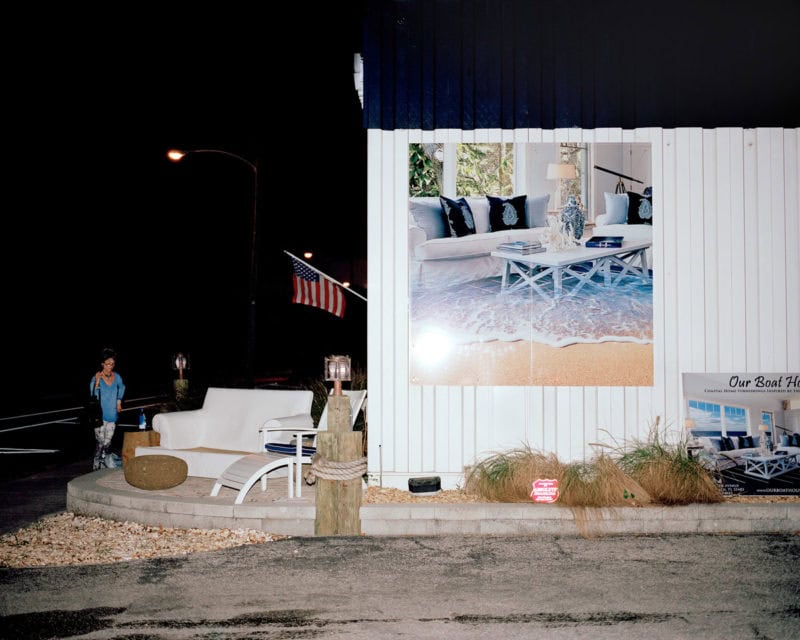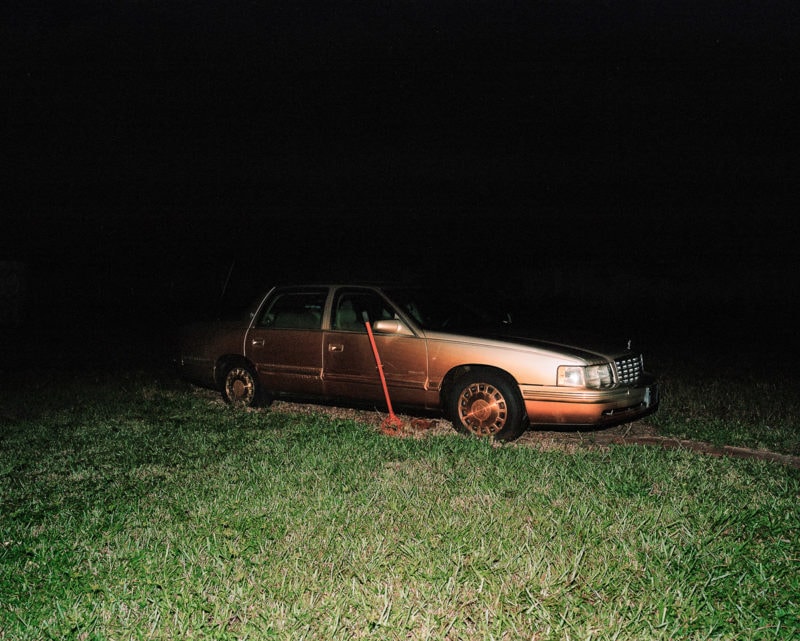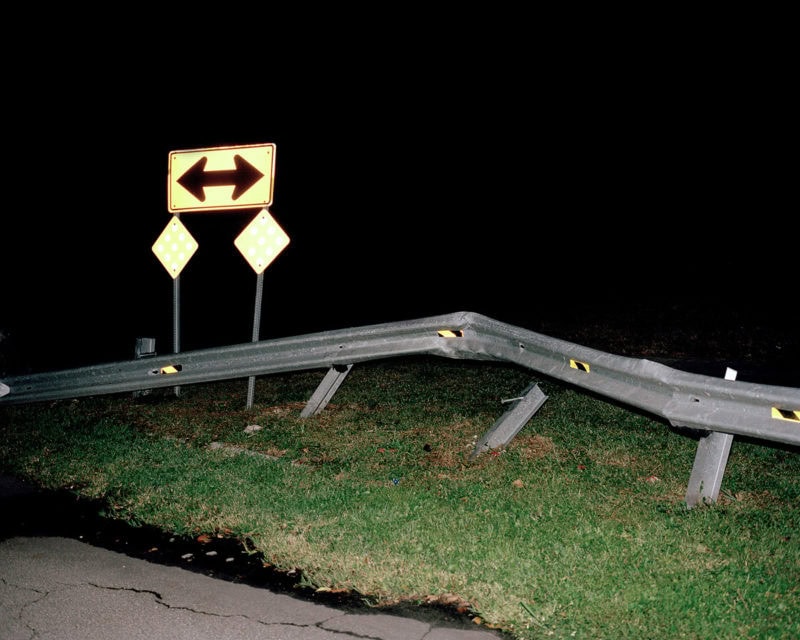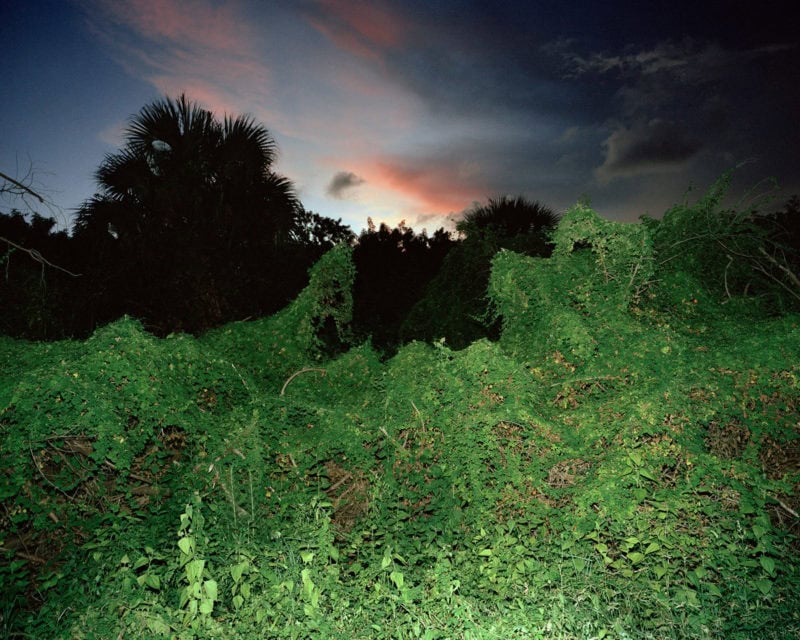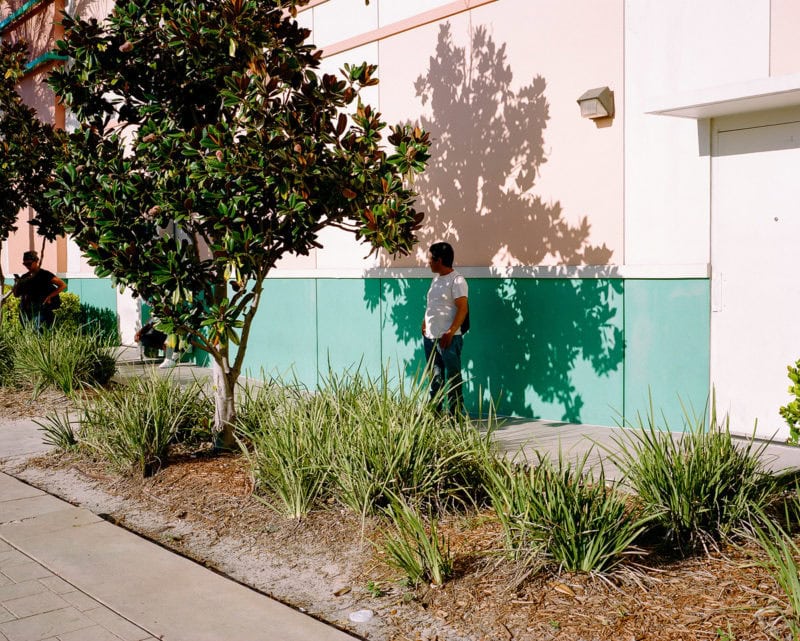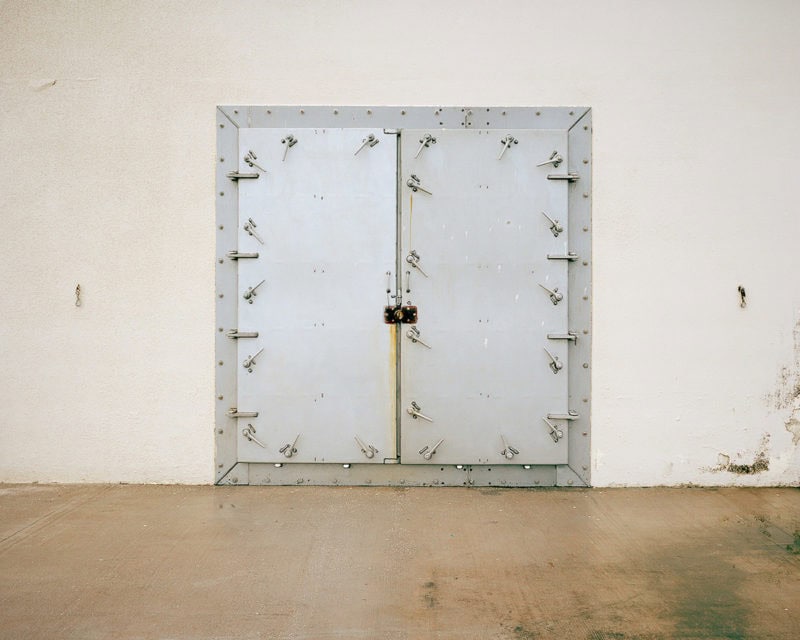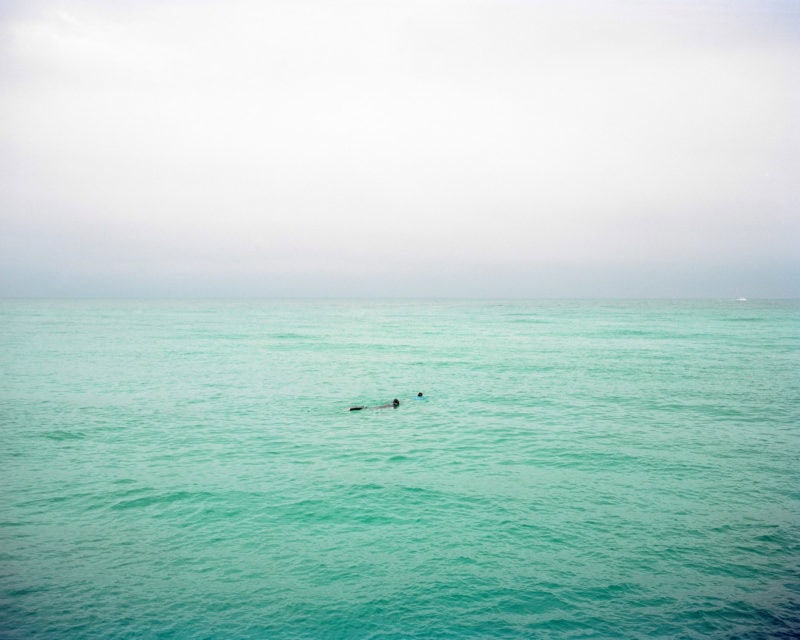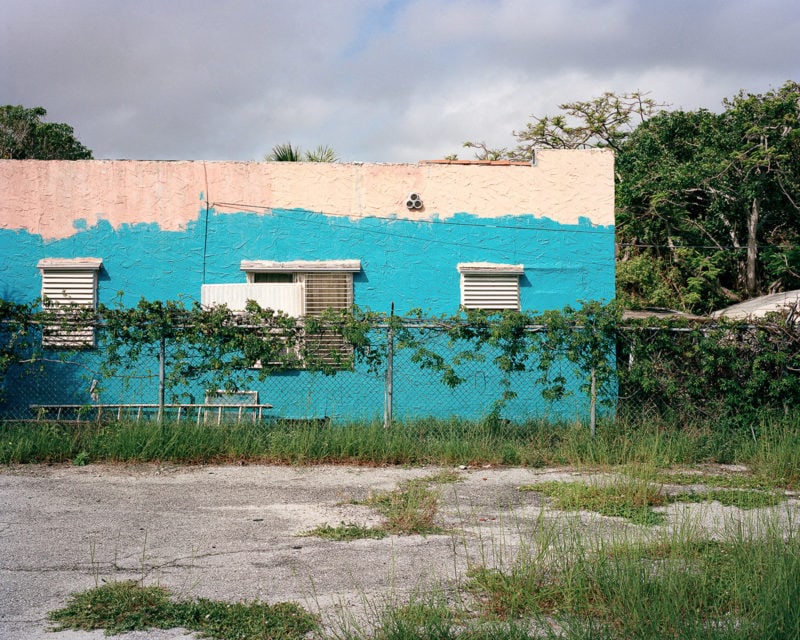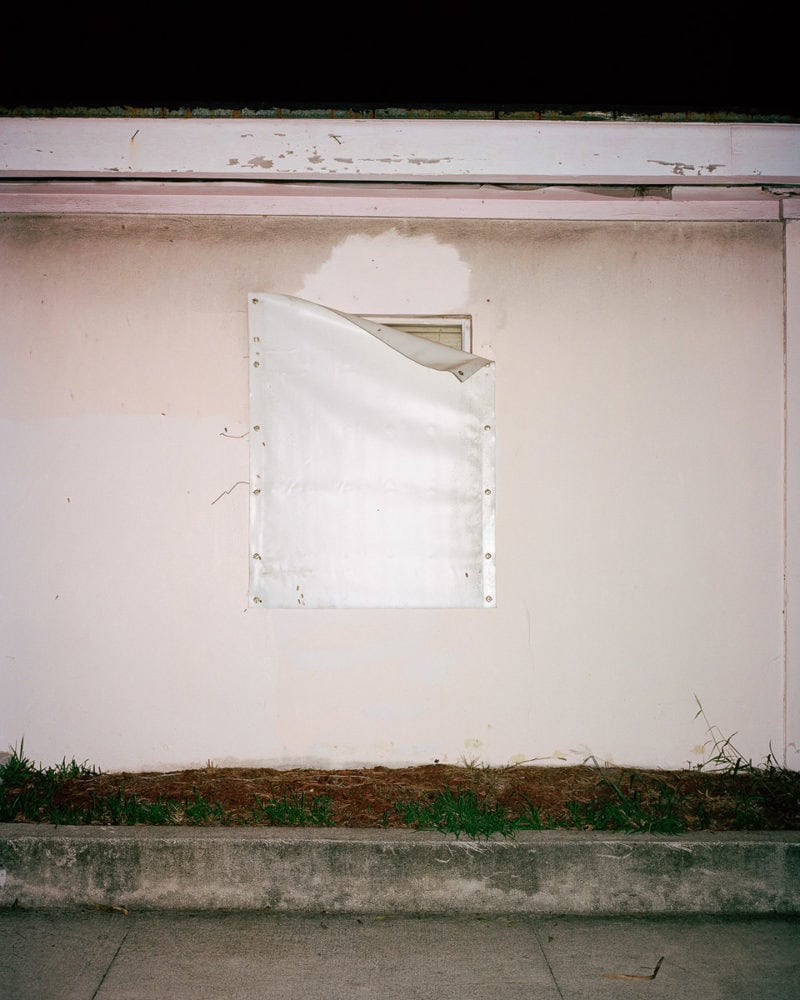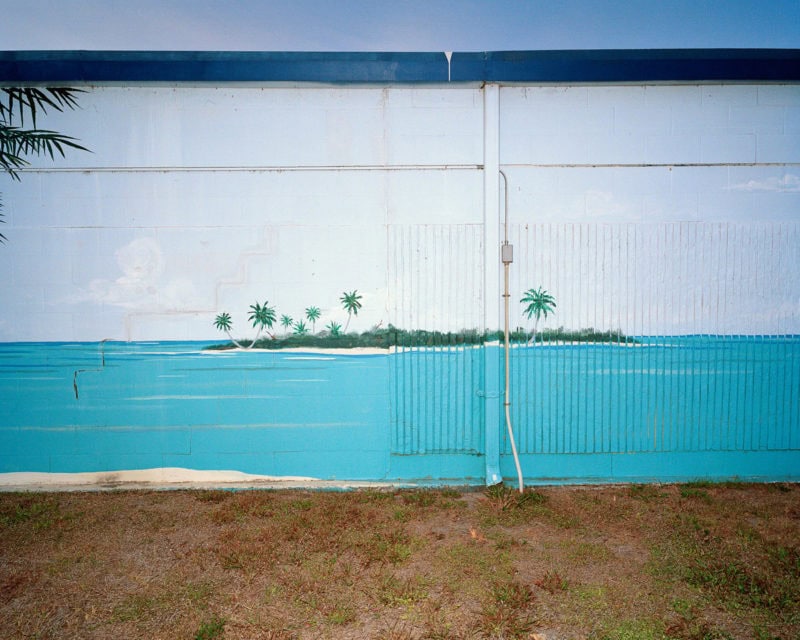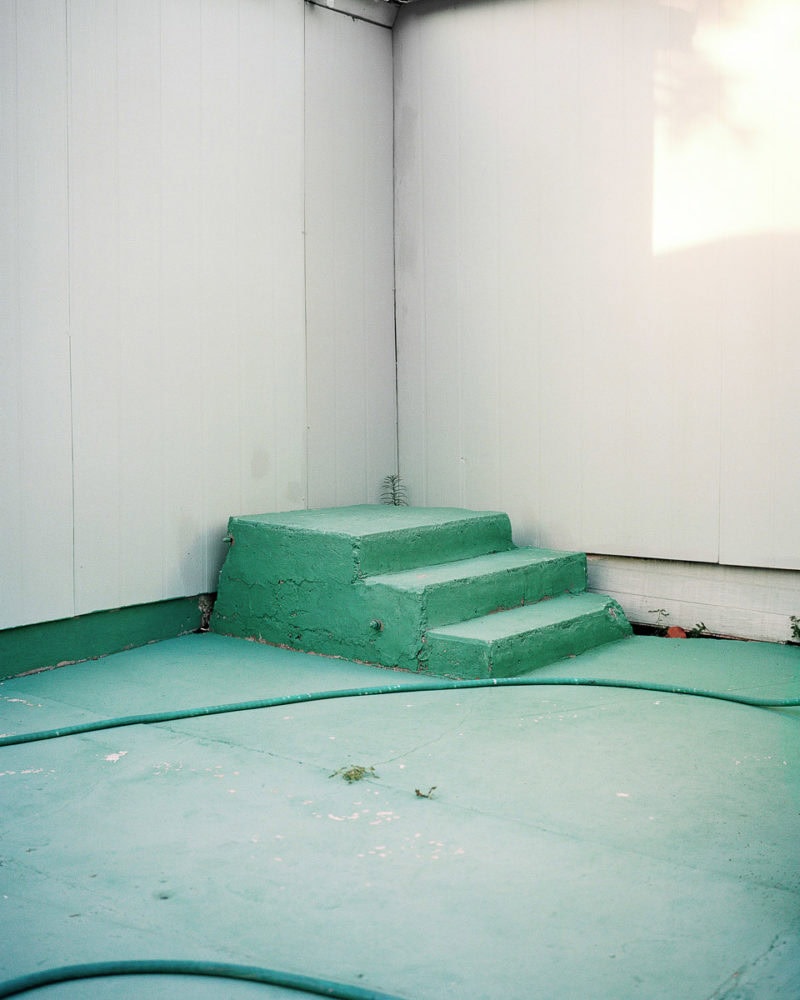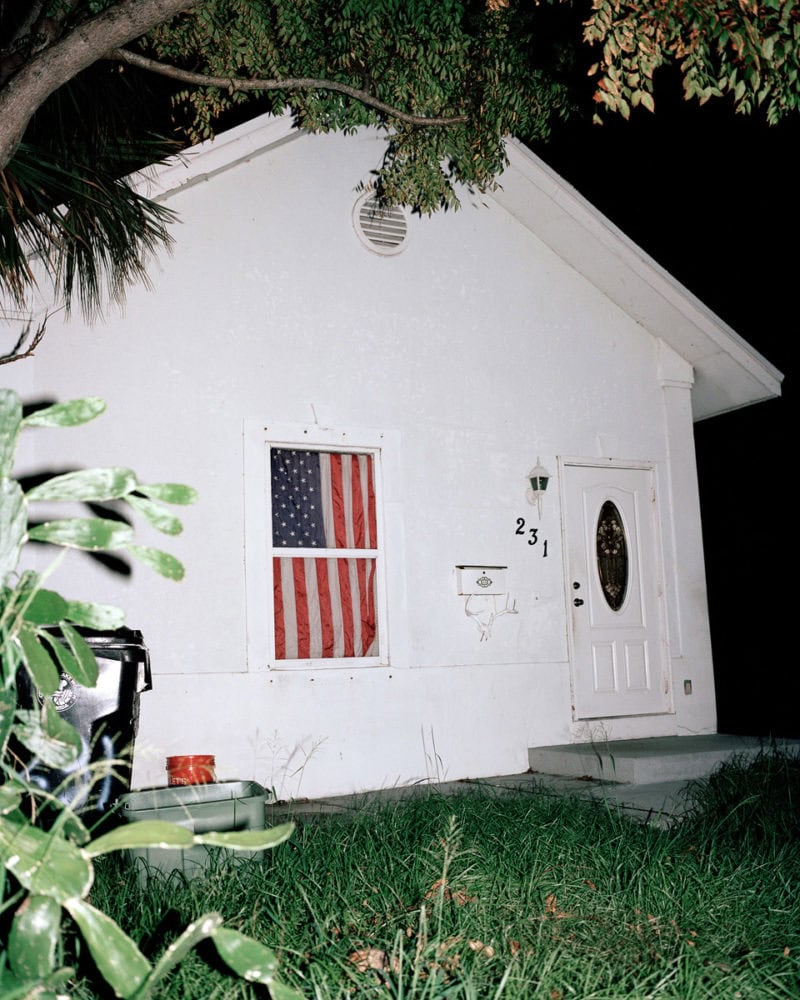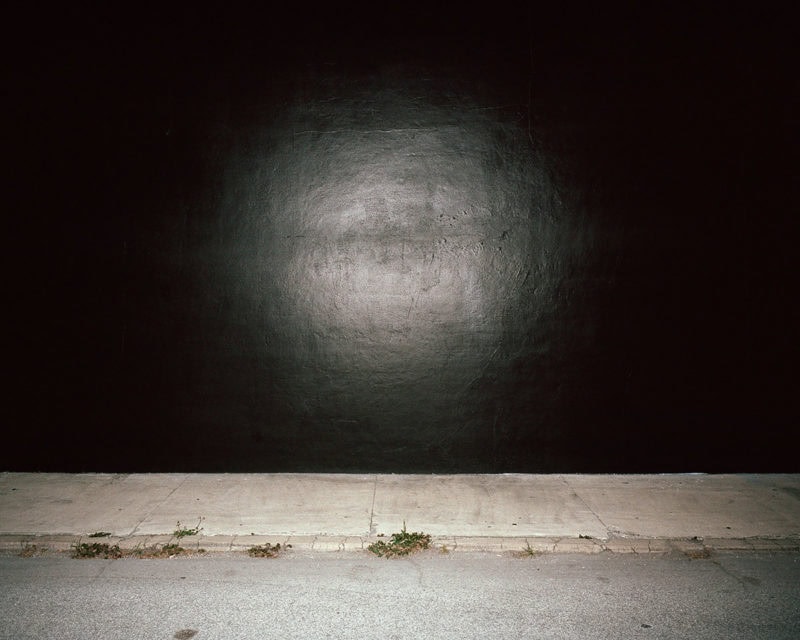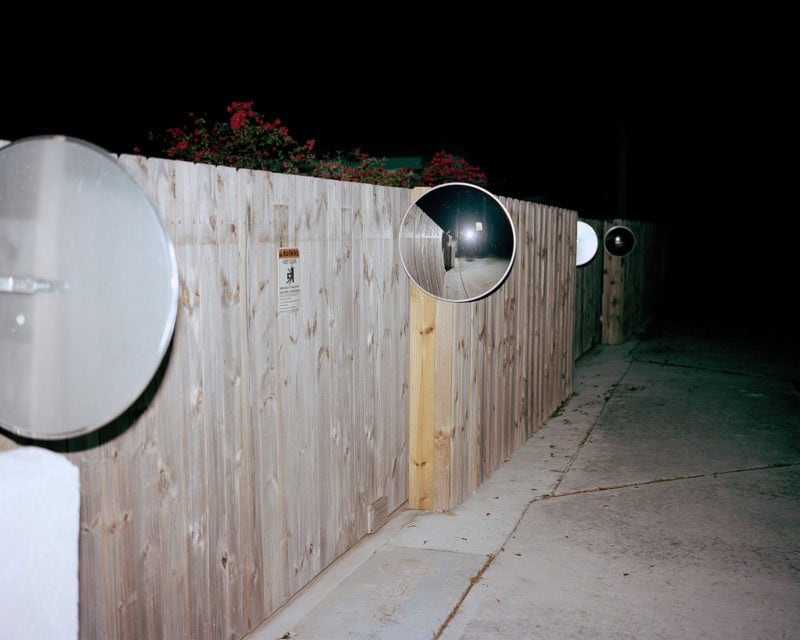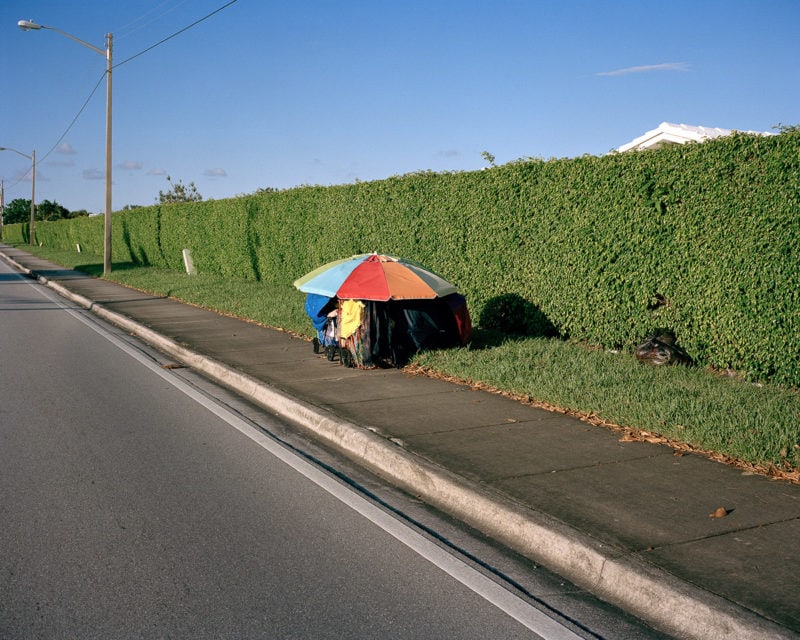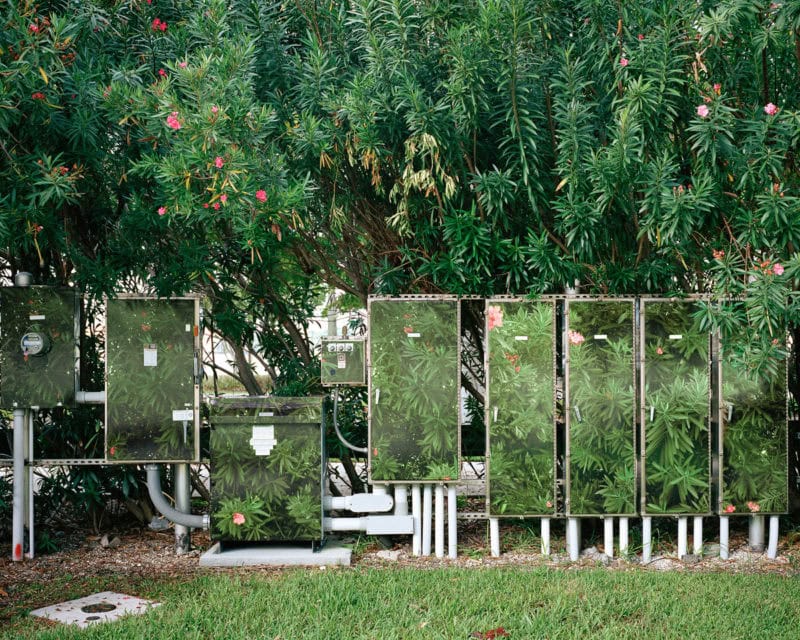Michael Dillow is an American photographer born in Philadelphia in 1988. In 2010 he earned a BA in Film and Media Arts from Temple University and an MFA in Studio Art from Florida Atlantic University. In 2019, Dillow’s photographic work examines the concept of place, questioning how identities are formed, modified, and attributed to specific locales.
His work has been exhibited nationally and internationally, most notably in the Hollywood Art and Culture Centers 2018 Florida Biennial, The Center for Fine Art Photography’s group exhibition titled, Photography as Response, and most recently, in an online group exhibition titled Another Day in Paradise, juried by Anastasia Samoylova and Gregory Eddi Jones. Currently based in South Florida, Dillow is a photography instructor in Florida Atlantic University’s Photography Department.
About ‘Many Days Many Nights‘ – words by Michael Dillow:
“Many Days Many Nights” is a photographic essay that examines the notion of place, highlighting the complex relationship between the state of mind and the experience of geographic location. The work takes influence from South Florida’s strange identity and the palpable uncanniness and absurdity that exists throughout the landscape. In addition, the project is informed by my own lived experience relocating to its environment seeking recovery.
The project takes its structure through the comparison of South Florida as an idyllic place and its portrayal as a post-paradise. The documentary-style work utilizes an on-camera flash to create images that articulate a psychological space while evoking narrative associations; like that of crime scene photography, where something must have happened, or will. The title is reflective of a prolonged period of time, as the photographs are the end result of repetitiously traversing the same locations, paying careful attention to what has changed—and more importantly, what has stayed exactly the same. The total work is underpinned by a phenomenological inquiry into the relationship between memory, time, and the experience of place—and collectively, how these concepts pervade the photographic frame.
